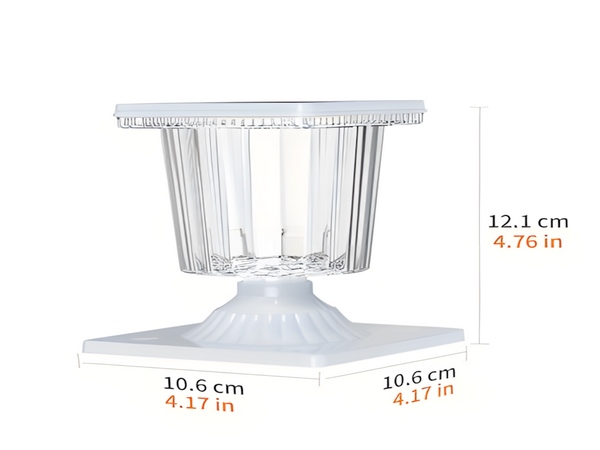
In recent years, the development of photovoltaic power generation systems has been rapid, with the construction of economically profitable solar photovoltaic power plants seen as a promising business opportunity. Currently, many places have simultaneously installed grid-connected photovoltaic solar power plants, a form that meets the goals of promoting photovoltaic power generation systems and enhancing industry competitiveness.
In fact, the economic benefits of photovoltaic power generation systems depend not only on the efficiency of solar components but also on the associated system components. High-quality supporting systems ensure that residential solar photovoltaic power generation systems operate efficiently, stably, and for the long term. To improve the efficiency of the photovoltaic installation process, the photovoltaic industry has begun to propose the establishment of standardized installation processes to enhance the overall efficiency of photovoltaic power generation systems.
Bitpott solar photovoltaic manufacturers have extensive experience in designing and installing distributed photovoltaic power generation systems. Through continuous technical summarization, standardized installation processes have gradually formed, further simplifying the complex installation procedures of residential grid-connected power generation systems. The construction cost for cable engineering during the installation of photovoltaic power generation systems is relatively high, and the choice of cable laying methods directly affects construction costs. Therefore, reasonable planning and correct selection of cable laying methods are crucial aspects of cable design work.
The laying methods of photovoltaic cables must consider various factors such as project conditions, environmental conditions, cable specifications, models, and quantities. They should also be chosen based on principles that meet operational reliability, maintenance convenience, and technical and economic rationality.

1. Connect the cables between the components and the cables connecting the string to the combiner box, utilizing the component frames as a pathway for supporting and fixing the cables to reduce the impact of environmental factors to some extent.
2. The force on the cables during laying should be uniform and appropriate; it should not be too tight. Given that photovoltaic sites usually experience significant temperature fluctuations between day and night, it’s essential to avoid cable breakage caused by thermal expansion and contraction.

3. For photovoltaic material cable leads on building surfaces, consider the overall aesthetic of the building. Laying positions should avoid sharp edges of walls and supports to prevent cutting or abrasion of the insulation layer, which could cause short circuits or lead to disconnection from shear force. Additionally, it is important to consider the potential for direct lightning strikes on the cable routes.
4. Plan cable laying paths reasonably to reduce crossing and merge installations as much as possible to decrease the volume of soil excavation and cable usage during project construction.
The connection of photovoltaic cables in photovoltaic power generation systems involves mainly outdoor laid DC cables, with a connection method primarily based on connector fittings, and protective measures are used within conduits. The component frame is utilized as a pathway and supports for cable laying, reducing the impact of environmental factors. Other cable connections are generally similar to those in conventional power systems.
Bitpott is a specialized manufacturer engaged in the research, development, production, and sales of solar photovoltaic power generation systems and the design of residential photovoltaic power generation arrays. If you are interested in learning more or purchasing photovoltaic solar power generation systems, please contact our online customer service or call our service hotline. Your orders are welcome!



